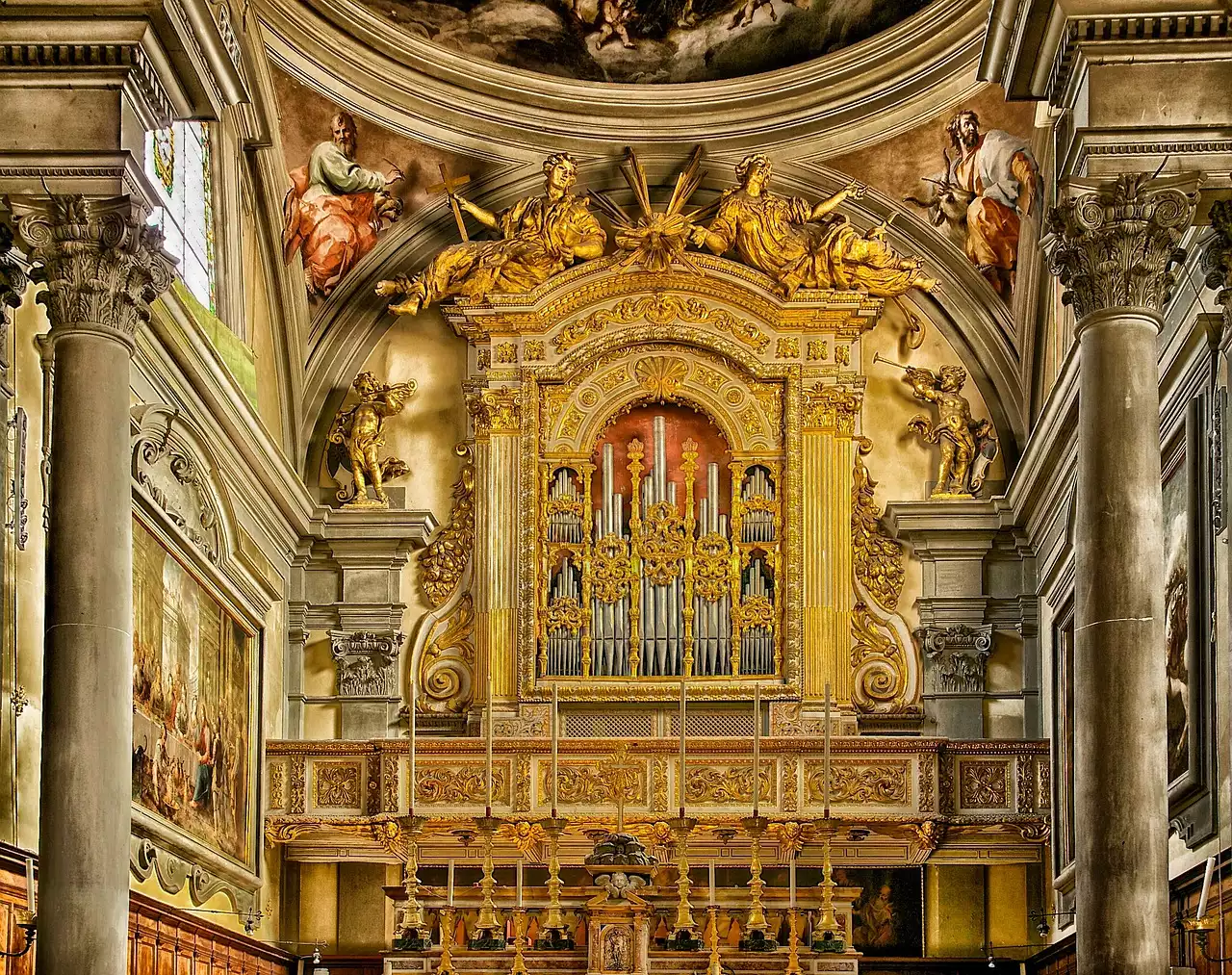Music is a universal phenomenon and has been so for as long as humans have existed. It fulfills an essential human need, and it has continued to change and evolve over time. Music is a universal phenomenon that transcends age, race, gender, religion, or culture. It’s an art form that allows people to express themselves in unique ways. People from all walks of life listen to music for different reasons, whether it’s for background noise or as a way to express how they feel about something. There are many different types of music out there today that suit everyone’s tastes and preferences. The history of music is extensive because there are so many different aspects to consider when exploring the topic. We have compiled everything you need to know about the history of music below.
The History of Music: Ancient Times
The history of music has been dated back to the Ancient Ages. Ancient cultures used music to serve a variety of purposes, including religious ceremonies, funerals, and more. Ancient civilizations had simple instruments such as the harp and flute, but they also had complex instruments that took years to learn. The ancient civilizations in the Middle East and Asia are credited with the creation of the lute, the zither, the violin family, and the trumpet family of instruments. The Ancient Greeks are credited with the creation of the lyre, the ancestor of all stringed instruments. The Ancient Romans are credited with the creation of the tibia, a woodwind instrument that resembled the modern clarinet.
Musica Ritualis and Musica Spei
The music of ancient times was divided into two categories: ritual music and music intended for pleasure. Ritual music was performed in religious ceremonies and was designed to accompany certain actions such as sacrifices. The music was designed to be appropriate to the occasion, solemn, and controlled in its expression. People usually played instruments not only to accompany the actions but also to express the appropriate feelings. This music was typically simple and repetitive. Music intended for pleasure was played at informal gatherings of friends, at banquets, and on other social occasions. The music was more complex and varied than ritual music. It was designed to please the ear and was not confined to a particular occasion. It was often played with a variety of instruments.
Music in the Medieval Era
The history of music in the medieval era was very diverse. Depending on the region, music was used for a variety of different purposes. It wasn't until the 16th century that music became more standardized and popular. Medieval music was mostly sacred music that was used in churches and monasteries, although secular music also existed. Music was also used to accompany certain actions such as hunting and baking. It was also used as a form of entertainment at banquets, fairs, and other gatherings. All of the different forms of medieval music were based on a system of modes. Unlike today, medieval music was played almost entirely in one key and was usually not written down. People passed it down orally, and it varied greatly from place to place.
The 19th Century
The history of music in the 19th century was marked by further changes and the advent of romanticism. The changes made in the Renaissance era continued. Music became more standardized and easier to learn. Concerts continued to become more popular, and people started to study musical theory. Romantic composers such as Beethoven, Schubert, and Chopin began experimenting with the form of music, and it became more emotional and expressive. The invention of the phonograph helped preserve music from past centuries and enabled people to study it more easily.
20th Century – Rock and Roll is Born
The history of music in the 20th century saw the rise of rock and roll. This new genre of music was heavily influenced by African American music and marked a major change in music. Other styles of music continued to exist during this time, but rock and roll became increasingly popular, especially among young people. The invention of the radio and later television helped popularize this new form of music. Artists such as Elvis Presley and the Beatles became famous, and record companies began producing records by artists other than classical musicians.
21st Century – Electronic Music Is Here!
The history of music in the 21st century has seen the rise of electronic music. This new form of music is heavily influenced by hip hop and R&B. It is also heavily influenced by other genres of music, especially rock and roll. Rhythmic loops and synthetic sounds are common in this type of music. Electronic music has become increasingly popular in recent years, especially among young people. The Internet has helped popularize this new form of music by enabling people to download and share music online. This article about the history of music was full of interesting facts and information. Music has continually evolved over time, reflecting the culture and trends of each era. From ancient times to the modern day, music is as important as ever.


 Top 10 Most-Streamed Spotify Songs of 2023
Top 10 Most-Streamed Spotify Songs of 2023
 How to Choose the Right Footwear for your Baby
How to Choose the Right Footwear for your Baby
 Why is Red Lipstick so Iconic?
Why is Red Lipstick so Iconic? The Most Entertaining Music Concerts in History
The Most Entertaining Music Concerts in History Music was the Best Entertainment in Medieval Times
Music was the Best Entertainment in Medieval Times How Music has entertained the World
How Music has entertained the World Classical Music Composers and their Concertos
Classical Music Composers and their Concertos